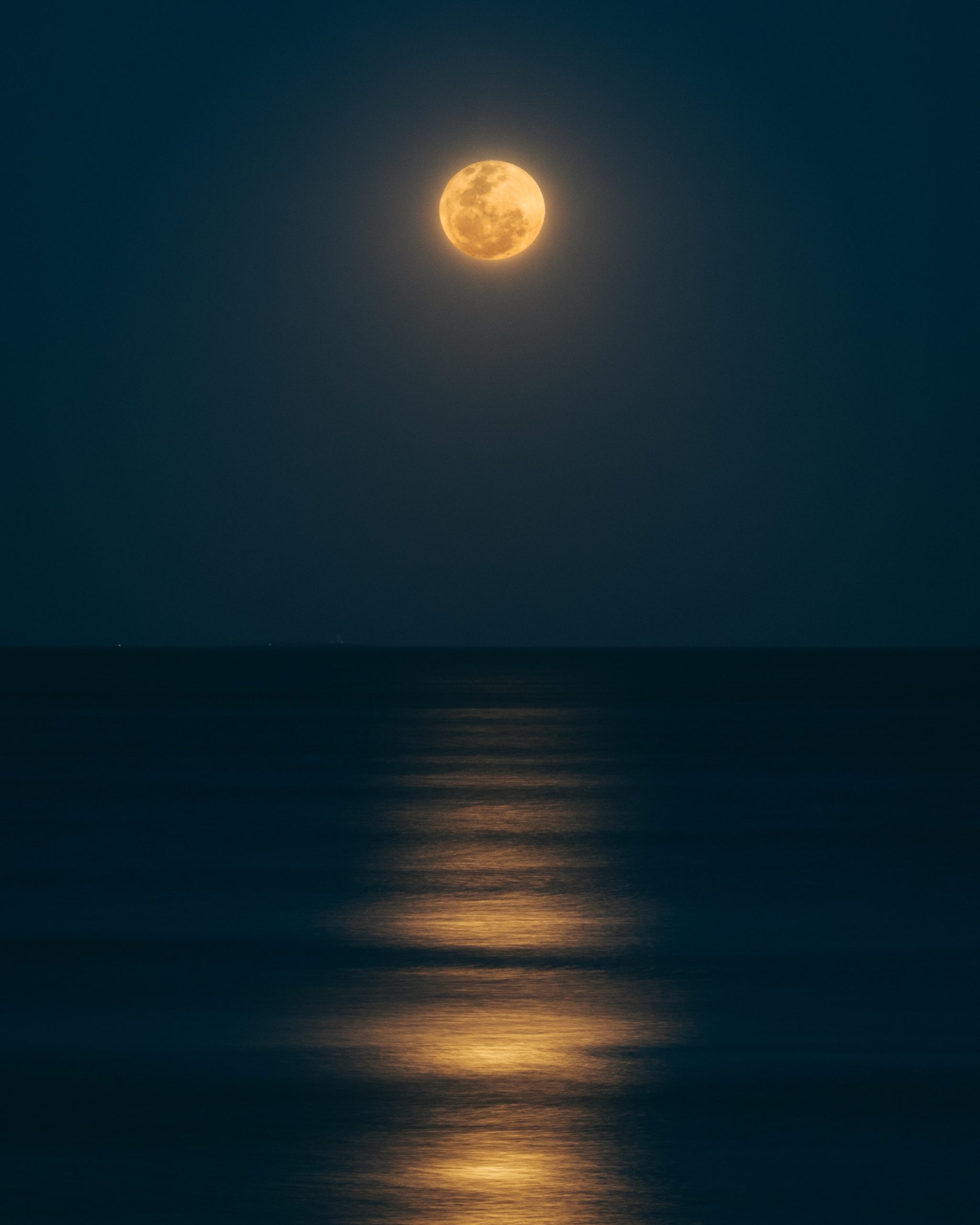Does the Moon Rise Today?
Many of us have gazed up at the night sky, marveling at the beauty of the moon. With its soft glow and ever-changing appearance, the moon has captivated humanity for centuries. But have you ever wondered if the moon rises every day? In this blog post, we will explore the fascinating world of lunar movements and answer the question: Does the moon rise today?
Understanding Lunar Phases
Before we delve into the rising and setting of the moon, let’s first understand the concept of lunar phases. The moon’s appearance changes throughout the month as it orbits the Earth. These changes, known as lunar phases, are the result of sunlight reflecting off the moon’s surface from different angles.
There are eight main lunar phases: New Moon, Waxing Crescent, First Quarter, Waxing Gibbous, Full Moon, Waning Gibbous, Third Quarter, and Waning Crescent. Each phase marks a specific point in the moon’s orbit, with the New Moon representing the beginning of a new lunar cycle.
As the moon orbits around the Earth, the relative positions of the sun, Earth, and moon determine which lunar phase we observe. This celestial dance gives rise to the stunning sight of the moon gracefully transitioning from a slim crescent to a radiant full moon and back again.
What Causes the Moon to Rise and Set?
The moon, like the sun and other celestial bodies, appears to rise and set due to the rotation of the Earth. Our planet rotates on its axis from west to east, causing the sun, moon, and stars to appear to move across the sky.
When the moon rises, it is essentially coming into view as the Earth rotates to allow it to be visible from a certain location. Conversely, when the moon sets, it is moving out of view as the rotation of the Earth causes it to disappear below the horizon. In simple terms, the moon’s rising and setting are a result of the Earth’s rotation and the changing positions of the moon, Earth, and sun.
Determination of Moonrise and Moonset Times
To determine whether the moon will rise or set on a particular day, we need to consider various factors. The most important of these factors are the moon’s phase, the observer’s geographical location, and the current date and time.
The time of moonrise and moonset is different every day due to the moon’s orbit and the Earth’s rotation. The moonrise and moonset times are influenced by latitude, longitude, the observer’s altitude, and the specific day in question.
To calculate the moonrise and moonset times accurately, specialized tools and algorithms are used. These tools take into account the precise geographical coordinates of an observer and the date for which the moonrise or moonset is being calculated.
Moonrise and Moonset Times Calculation Example:
Let’s consider an example to better understand how moonrise and moonset times are determined.
Suppose we are in New York City, located at approximately 40.7128° N latitude and 74.0060° W longitude. If we were to calculate today’s moonrise time, we would need to plug these coordinates along with the current date and time into an accurate moonrise algorithm.
Assuming today’s date is March 15th, 2023, and the local time is 7:00 PM, we would obtain the precise moonrise time for New York City on March 15th, 2023, at 7:00 PM.
Using these calculated times, one can be certain whether the moon will rise or set on any given day at a specific location.
Moonrise and Moonset Phenomena
It’s worth mentioning that the moonrise and moonset can be a breathtaking sight to behold, especially during certain celestial events.
During a Supermoon, which occurs when the moon is at its closest point to Earth in its orbit, the moon can appear larger and brighter than usual. This phenomenon creates an awe-inspiring moonrise or moonset that captivates observers around the world.
Another fascinating event is a lunar eclipse, which occurs when the Earth passes between the sun and the moon, casting a shadow on the lunar surface. During a total lunar eclipse, the moon can turn a coppery red color, creating an incredible spectacle during moonrise or moonset.
Conclusion
So, does the moon rise today? Yes, the moon rises every day, but the timing varies based on your geographical location and the specific date. Whether you can witness the moonrise or moonset depends on your position on Earth and the calculated moonrise and moonset times for that day.
Next time you find yourself gazing up at the night sky, take a moment to appreciate the celestial dance of the moon and its ever-changing phases. Whether it’s a dazzling supermoon or the eerie beauty of a lunar eclipse, the moonrise and moonset are reminders of the wonders of our universe.
Remember, if you want to observe the moonrise or moonset for a specific date, be sure to check accurate moonrise tables or utilize online tools that provide precise moonrise and moonset times for your location. Happy moon-watching!
Table of Contents
